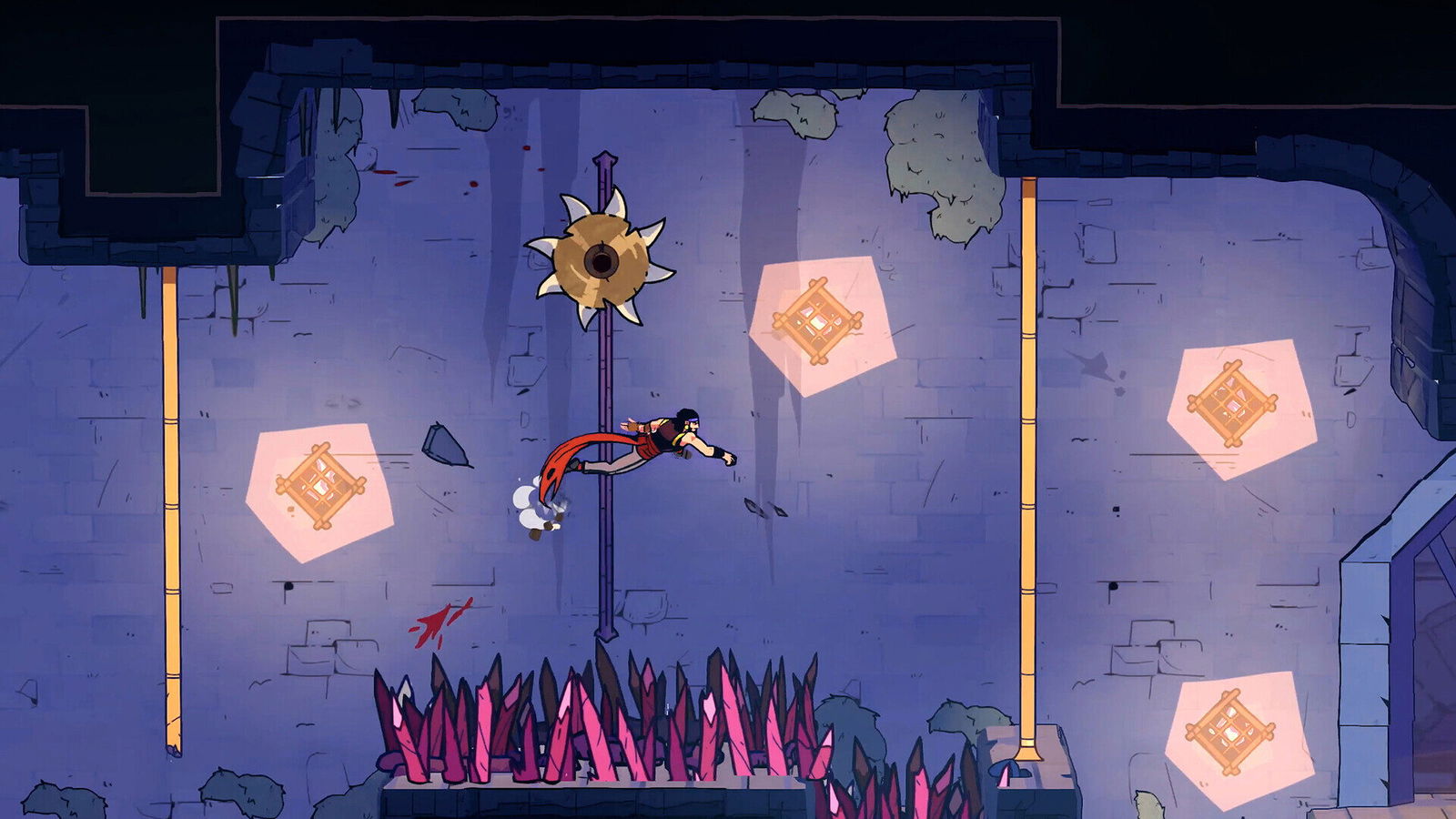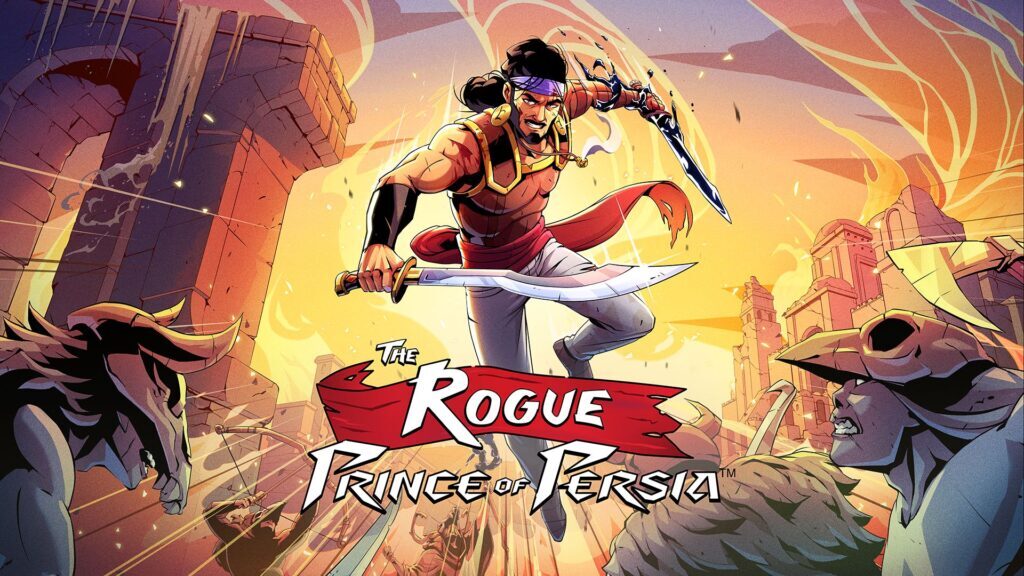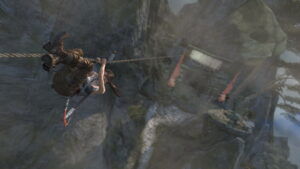Few ideas in gaming go together as well as the roguelike genre and Prince of Persia. The Rogue Prince of Persia takes all the elements of Evil Empire’s critically acclaimed Dead Cells and staples them with the time-travel aspect of Prince of Persia: The Sands of Time to glorious effect. This is an idea so obvious and fits so well, it was conceived during a late night at the tavern.
The Rogue Prince of Persia is an excellent example of what happens when a novel idea, a great development team, and near flawless execution are tethered to each other. The developers at Evil Empire took fan feedback to heart during early access and unleashed a complete experience that feels damn good to play, and damn hard to put down.
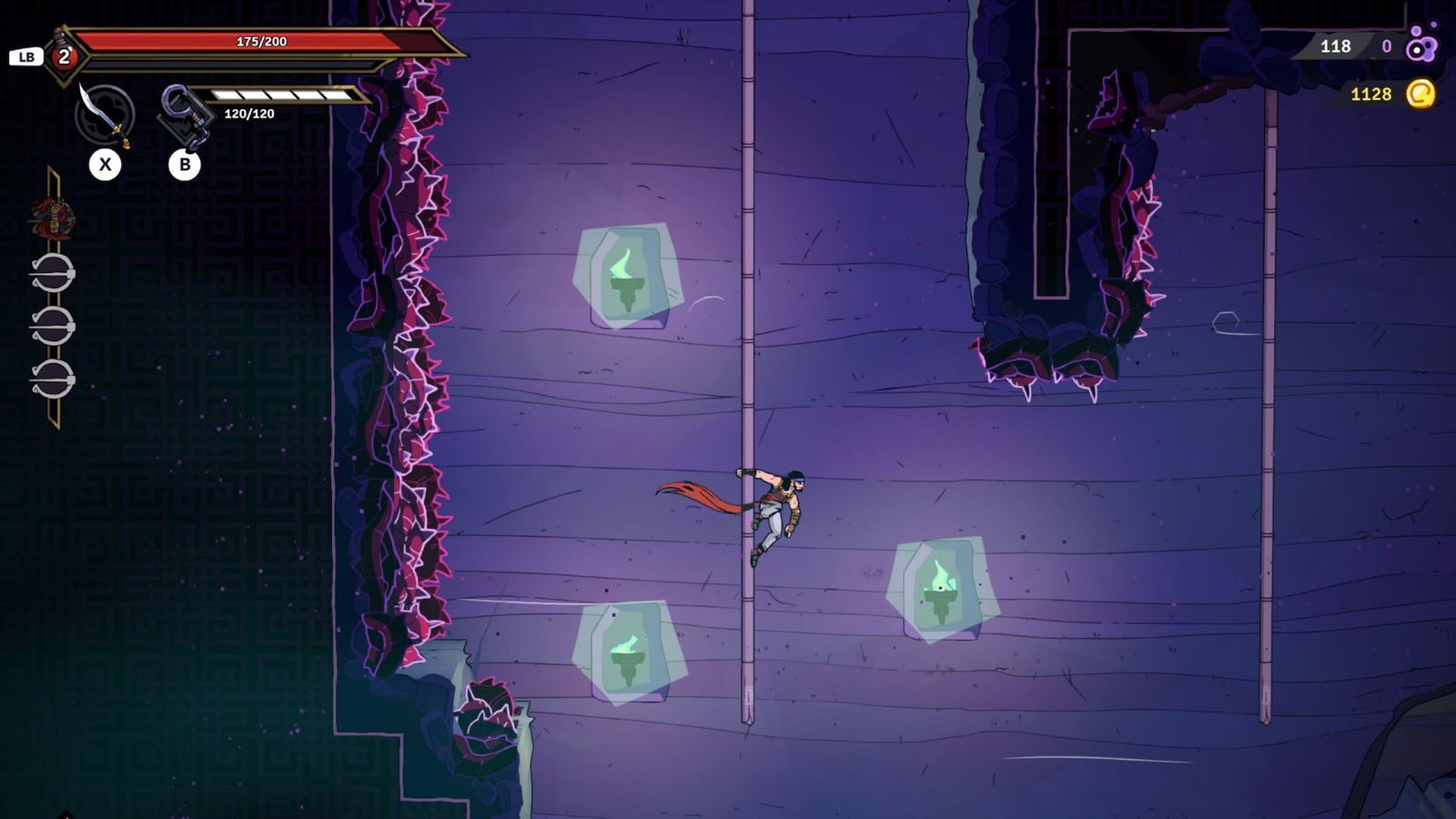
The Rogue Prince of Persia inserts the Sands of Time not as a pull of the left trigger, but as a gameplay mechanic that sends the titular character back to the start of the run once your HP hits zero. This is good, because to tell the story, Evil Empire throws the player headfirst into a scene where The Prince must die for the story to take off. The prince faces a kingdom in peril, and Ctesiphon is under attack from the malignant Huns threatening to turn all cultures into equestrian warlords. These warlords are led by the evil magic-wielding Nogai, and The Prince’s objective is to rescue his family and defeat Nogai to restore order.
While that’s all well and good, canonically, it seems The Huns win this invasion, and Ctesiphon is brought to its knees. But with the power of the magical Bola the Prince was given as a child, he can return like a 2D variant of Groundhog Day to right his wrongs, survive, and save his home. What separates The Rogue Prince of Persia from everything else in the genre, is the narrative’s reliance on meeting characters multiple times.
“…The Rogue Prince of Persia is an excellent example of what happens when a novel idea, a great development team, and near flawless execution are tethered to each other.”
Aside from Paachi (the hub campsite’s resident Shaman), everyone in The Rogue Prince of Persia doesn’t know he has died numerous times through trying to save Ctesiphon. NPC memories err on the side of advanced dementia otherwise. Paachi’s presence also adds a soundboard of sanity for The Prince, as he himself cannot fathom returning from the grave multiple times at first, then after it becomes commonplace, jokes between himself and other characters (even bosses) are genuinely well written and are worth a quick laugh.
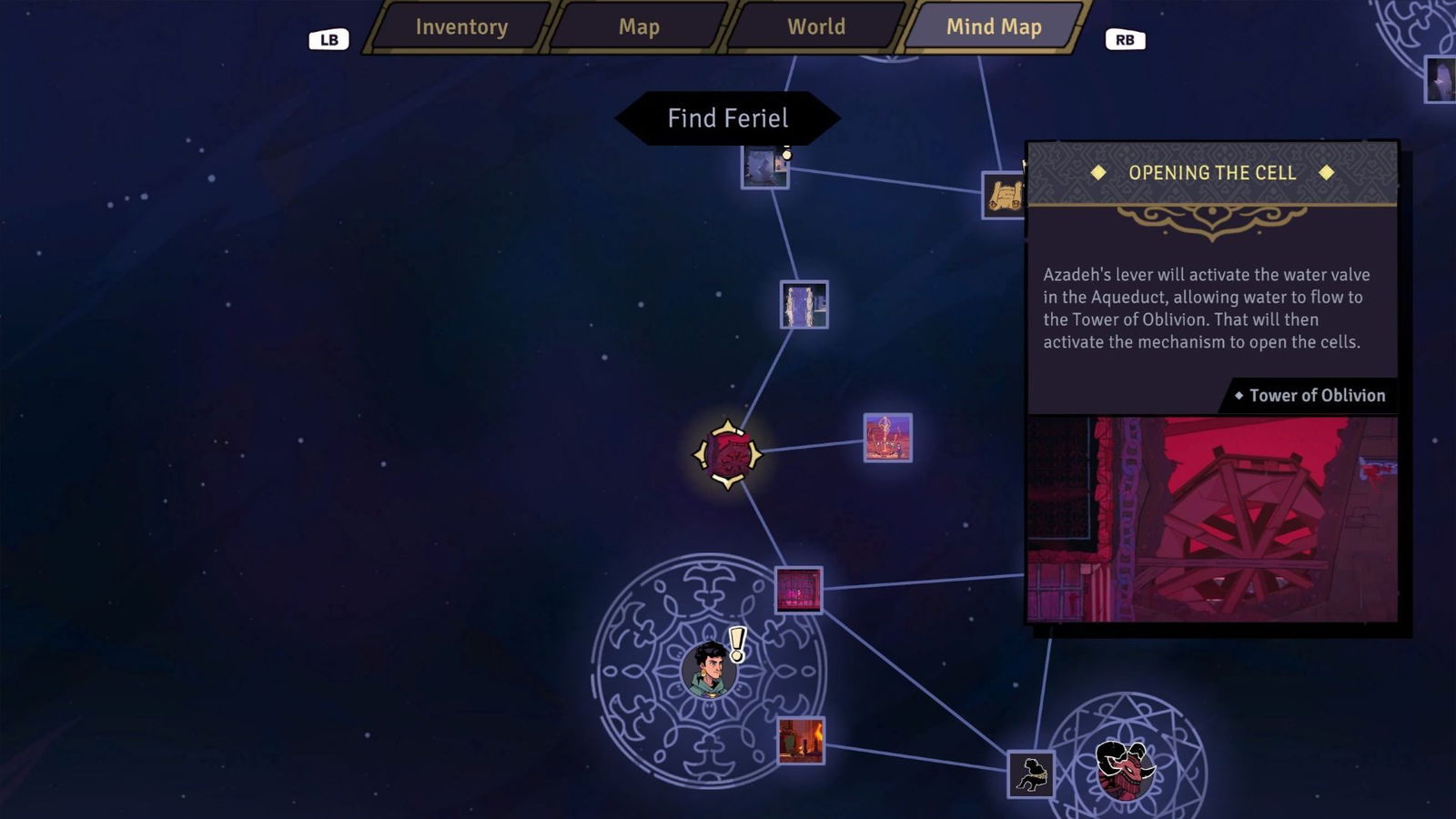
What separates The Rogue Prince of Persia from other roguelikes even further, is the complete return of his acrobatic abilities from The Sands of Time trilogy. The prince’s acrobatic prowess translates perfectly to the 2D plane, and Evil Empire flexes with its ability to turn every run into a platforming acrobatic crucible meant to turn the protagonist into a pin-cushion.
Evil Empire is a master at designing streamlined roguelike levels, and The Rogue Prince of Persia somehow deploys these generated levels better than Dead Cells did. The focus on spacing everything perfectly for the last inch of a wall-run to barely get you to the next platform never gets old, and performing acrobatics feels natural. The best part about The Rogue Prince of Persia is how seamless it is exploring levels, and Evil Empire does a superb job at making these levels easy on the eyes and ears.
Each biome is flushed with watercolours and lush backgrounds that feel a lot more pronounced than TRPOP’s 2.5D plane. Evil Empire pulled out all the stops, giving notable details like leaf movement in the foreground of the Garden biome, and adding intricately designed sculptures in the background of the Temple of Atar.
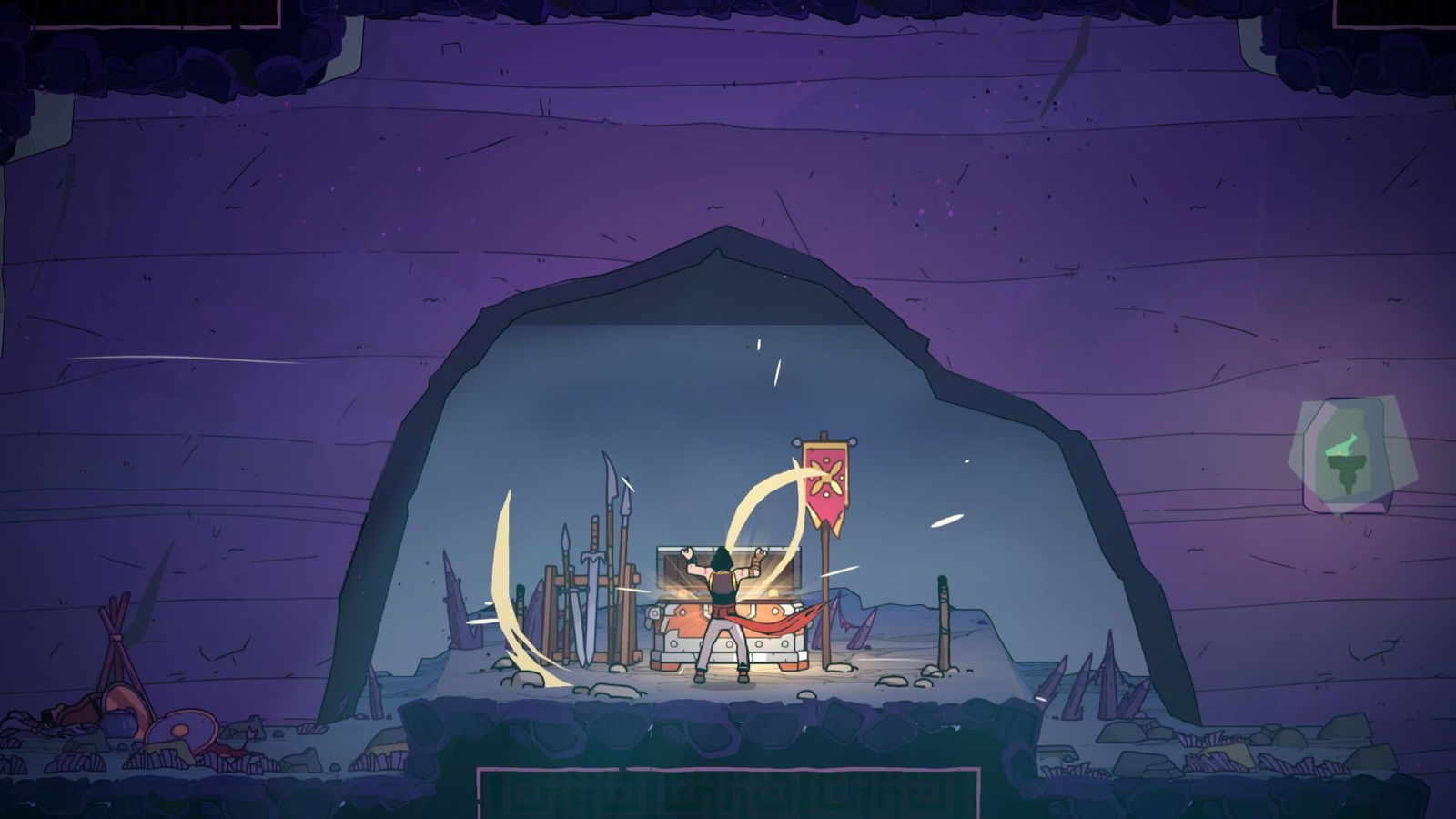
The soundtrack present in The Rogue Prince of Persia lends itself beautifully to the chaotic platforming nature of gameplay, with fast instrumentals following The Prince throughout spike-hazard filled Hun Camps, and while running along Outer Ramparts to hurry into a boss fight. The tempo of the soundtrack hastens when confronting these encounters, and it speeds up when the fight becomes considerably sweatier as boss health points dip below half.
Everything in The Rogue Prince of Persia feels deliberate, even The Prince returning to his tan hue after starting early access with a purple complexion. Back during its early access announcement, Evil Empire promised “we will work with the player community to create the best version of this game that we can,” and I can confidently say with all of the improvements to gameplay, they delivered.
“The best part about The Rogue Prince of Persia is how seamless it is exploring levels, and Evil Empire does a superb job at making these levels easy on the eyes and ears.”
In previous preview periods, I ran into issues where the wall run mechanic would not trigger as designed, or it would lock me into a tightly designed space (with damage knockback spelling doom), and these small development blemishes have been ironed out completely. Running through each biome is a platforming fan’s dream, and The Prince controls precisely as expected.
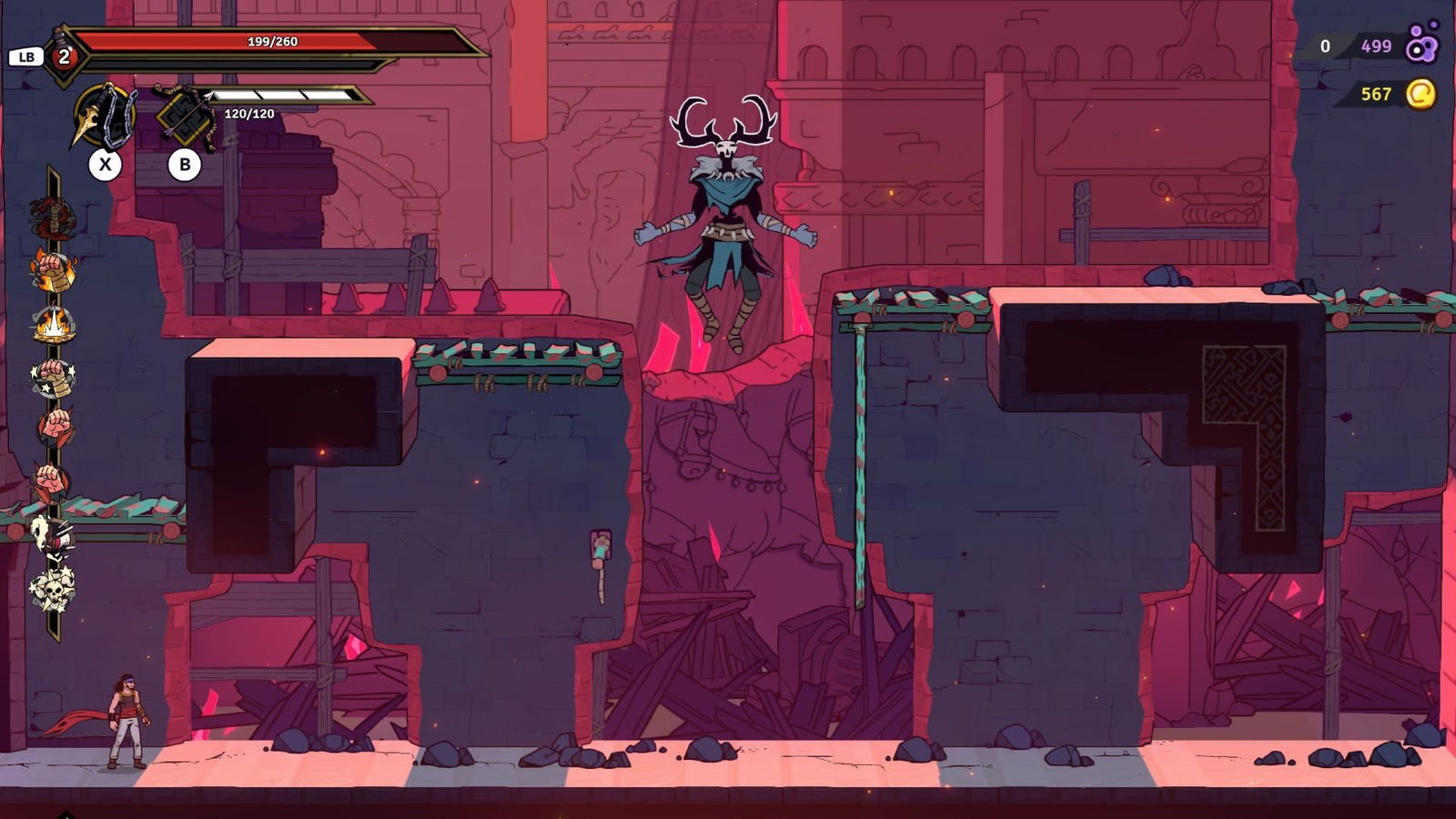
Rooms now litter the landscape in The Rogue Prince of Persia, and entering one can grant a number of outcomes. A blue room can advance the story or open new pathways for The Prince to explore, a yellow doorway hearkens a reward chest, and the red doorway means a challenge awaits. The red doorways commonly toss The Prince into a combat crucible or a platforming segment that requires mastery over his deft movements. Often, these segments will string together trapeze bars, wall runs, ropes to climb, and myriad spike traps to fall to death on, so they will test your skills. Getting past these is a true injection of serotonin, and the chest at the end is your congratulations.
Combat in TRPOP has also hit a new plateau. Now, The Prince’s kick (which was previously used for knocking enemies down far spaces and slamming them into each other) can now be used to deflect projectiles back at base enemies. Combo attacks with weaponry feel better than in the early access period, with combos featuring frames in between attacks where I was able to cancel a combo and leap over an enemy to attack them from behind. Evil Empire let The Beheaded do this in Dead Cells, and The Prince can also juggle rooms of enemies with flawless control. The Prince is only as good as the player, and Evil Empire reminds the player during each encounter.
During runs, the prince can pick up upgrades that can help you along the path towards driving the Huns out. Mixing Resin abilities with Fire sets the whole screen ablaze and melts enemies like a hot knife through room temperature butter. Synergy combos with upgrades can make or break a run, and Evil Empire forces players to learn what works well or die trying.
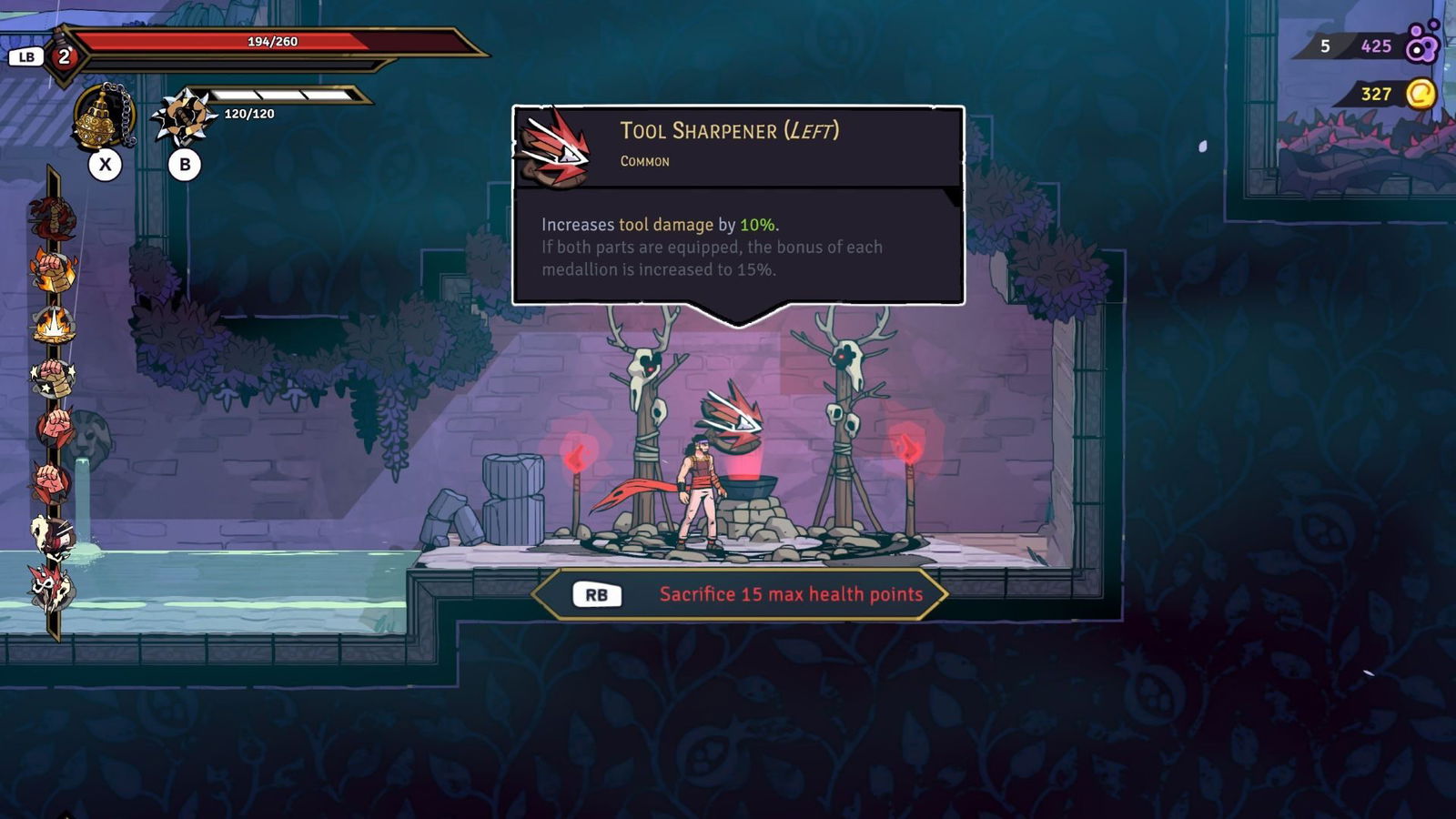
Back the hub base, new NPCs have been added to aid The Prince against the Huns. The Weaver allows him to purchase new outfits with the currency collected on runs (and one even allows him to wear an Evil Empire mask!) including the purple tone of the early access build. Further NPCs, like the blacksmith, upgrade the selection of weapons you have, and there’s a new entry that lets players upgrade The Prince’s abilities. After a few runs, I was able to use two potions adding notable survivability to the trials laid out before me.
All these elements work in tandem to deliver a thrilling roguelike experience, adding progression to improved skills naturally. Evil Empire may have learned as they went with both Dead Cells and The Rogue Prince of Persia, but TRPOP is a masterclass in giving stifled progression that tethers itself to how fast the player’s abilities improve. This is Evil Empire’s magical Bola.
“The Rogue Prince of Persia is what happens when you combine excellent gameplay, crisp controls, thrilling combat scenarios, and an intriguing narrative…”
The Rogue Prince of Persia is at its absolute best when its elements are left to freely flow during gameplay. Whether you’re trying to get past a particularly grueling platforming segment, or avoiding the business end of a Hun’s spear, The Rogue Prince of Persia plays masterfully and forces the player to stay seated even when you fail again and again. The Rogue Prince of Persia is what happens when you combine excellent gameplay, crisp controls, thrilling combat scenarios, and an intriguing narrative, and Evil Empire does this with nearly a decade of experience flexing everything they’ve learned from fans and Dead Cells development period and dropping all of it into this new title.
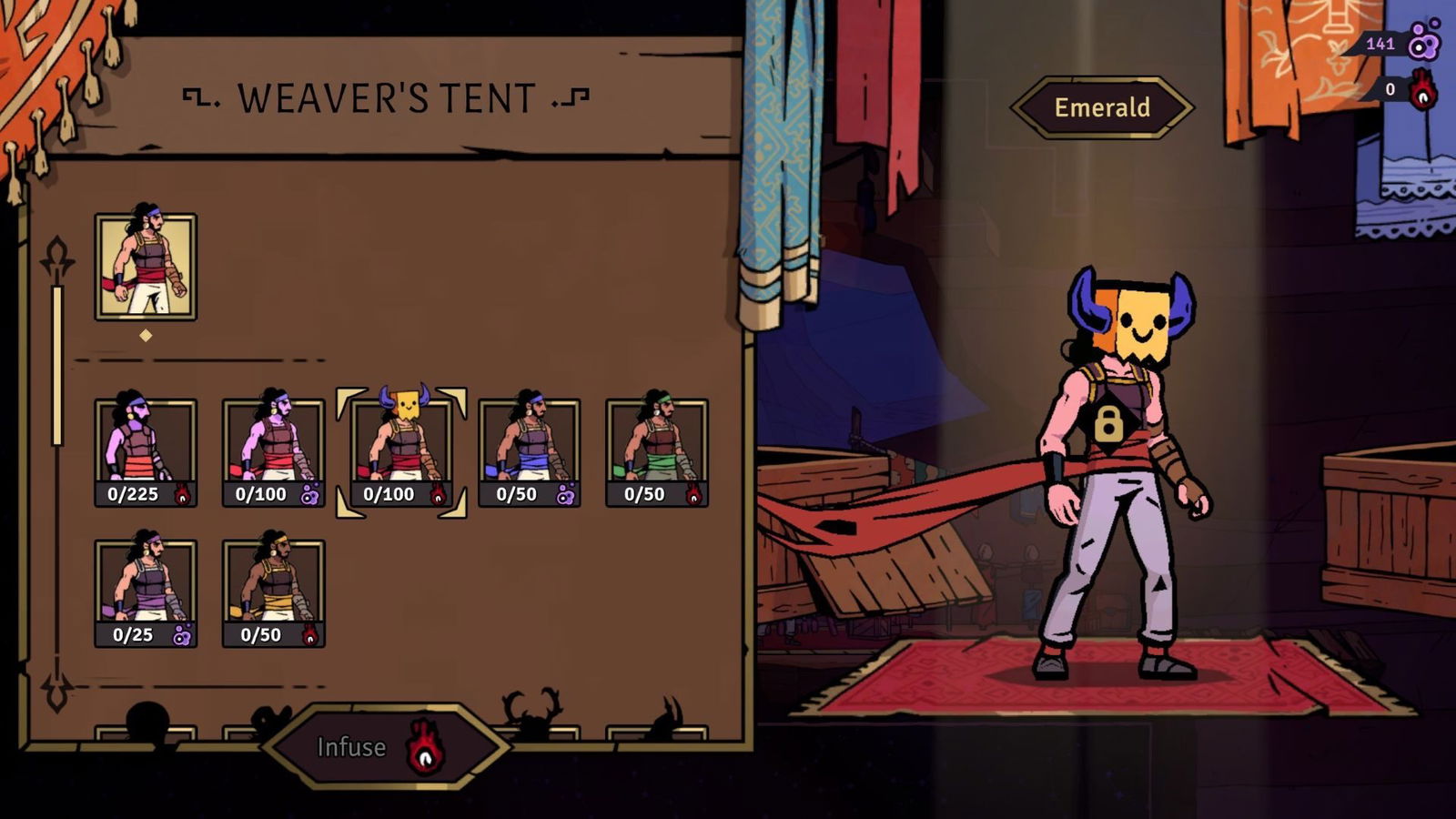
The Rogue Prince of Persia is a platforming masterclass. After over a year and a half of early access (and a year and a half of purple complexion) The Rogue Prince of Persia has finally released at a full capacity and it’s never played better. My previous experiences with early access and previews have left me feeling like something was missing from the entire equation, and Evil Empire took the unfinished product and continually honed it into a near must-play experience.
With stellar combat, branching level paths, and a narrative to keep players interested in what’s going on, The Rogue Prince of Persia is a title that was well worth waiting for, and fans who dare to jump in won’t be able to refuse when the screen demands you to try again. Evil Empire’s exit from early access is its newest triumph.
